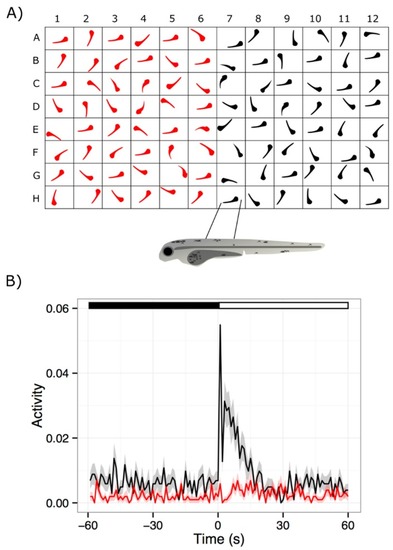- Title
-
Utilizing Zebrafish Visual Behaviors in Drug Screening for Retinal Degeneration
- Authors
- Ganzen, L., Venkatraman, P., Pang, C.P., Leung, Y.F., Zhang, M.
- Source
- Full text @ Int. J. Mol. Sci.
|
A typical visual motor response (VMR) experiment. Sufficient zebrafish embryos for an experiment are collected by breeding adult fish. The embryos can be maintained in petri dishes with media, as they develop until they are needed for a VMR assay. ( |
|
Zebrafish larvae display different startle escape behaviors. ( |


